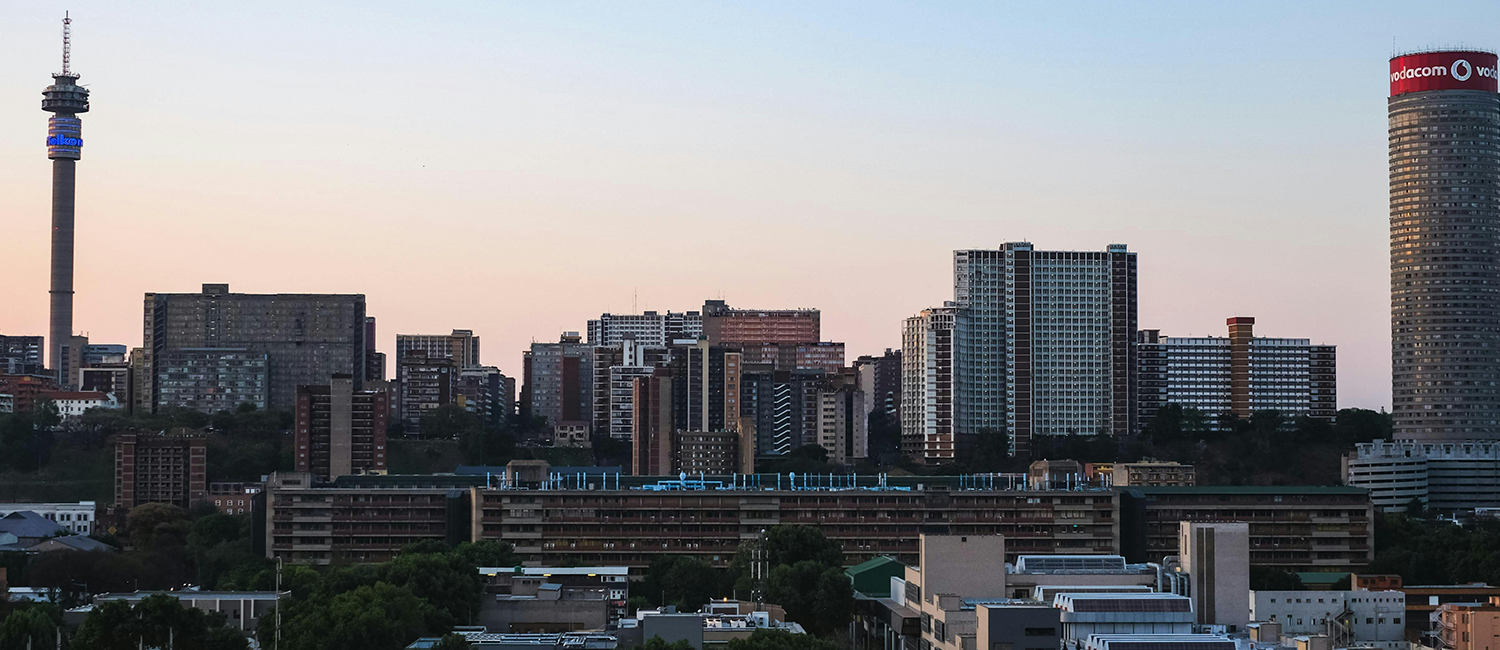VILAKAZI Street has stepped out from the shadows and taken a bow in its new guise as a place to walk and enjoy on a visit to Soweto.
It has had a major makeover, and has become a place to walk, to sit on one of its numerous concrete benches or seats, to enjoy its newly planted trees, and to admire its great new artworks.
“The development vision for the future Vilakazi Street precinct is a thriving destination attraction, based on its struggle history, township heritage, vibrant spirit and distinctive ‘sense of place,'” indicates a press statement from Trinity Session, the agency that worked with the local community to help create the artworks.
The project was overseen by the Johannesburg Development Agency. “The community is very happy with the result,” says Thanduxolo Ntoyi, an assistant development manager at the JDA. The community was “very involved” with the precinct and its transformation from the beginning.
The Vilakazi Street precinct is about a kilometre long, in the shape of a triangle. In its boundaries are the original, unimaginative apartheid-era rectangular houses, next to homes that have been renovated, with the uniform tall walls characteristic of Joburg’s northern suburbs.
At number 8115 is the street’s main attraction – Mandela House, now a museum. The simple three-bedroomed home has been restored to what it looked like in 1946, when Nelson Mandela moved in with his first wife, Evelyn Mase. In 1958, he brought his second wife, Winnie, to live in the house with him. He returned briefly to live in the house on his release from prison in February 1990.
Nobel laureates
Mandela House
Mandela House is open from Mondays to Sundays, from 9am to 5pm. Entrance is R40 for adults, R20 for scholars and seniors and R5 for children under six. Non-South Africans pay R60.
Contact the house on 011 936 7754 or nfo@mandelahouse.co.za for group bookings. Visit the website for more information.
Outside the house stands a large metal outline of two bull heads, entitled The Nobel Laureates. The title refers to the fact that on the corner of Vilakazi and Ngakane streets, a short distance away, is the Soweto home of Archbishop Emeritus Desmond Tutu, who, together with Mandela, is the recipient of a Nobel Peace Prize.
The bulls look down the road, decisive and eye-catching, leaving no doubt as to the strength of the two personalities they represent.
Around the corner in Moema Street is another metal depiction, this time of schoolchildren facing a policeman with a growling dog. It’s a reference to the confrontation on 16 June 1976; hundreds of children were protesting the imposition of Afrikaans in schools, when they were met by the police.
At this point the police opened fire, and Hector Pieterson was shot and killed. Iconic photographs of the dying Pieterson being carried to the Phefeni Clinic by Mbuyisa Makhubo went around the world. And the day is remembered for its brutality against schoolchildren, and the start of the meltdown of apartheid.
Pieterson, the other children and the subsequent riots are remembered in the Hector Pieterson Memorial and Museum two blocks down Moema Street, on the corner with Khumalo Street.
The work is full of energy and defiance, the silhouetted figures in metal piping showing raised fists and wide mouths shouting at the policeman restraining his dog.
On the corner of Moema and Vilakazi streets is a memorial wall in slate, now a quiet place to sit and contemplate the events of all those years ago, when the country exploded in anger and revolt.
Sign language
At the start of Vilakazi Street, where it intersects with Khumalo Street, is another artwork. Eight huge, grey hands depict “Vilakazi” in sign language.
The hands are big and bold, but accessible to residents – they have become play objects, with children taking time out to climb on them.
Other art includes two murals – one depicts the scene of June 1976, with police and their vans, and placard-carrying schoolchildren.
And then there’re the mosaics, livening up several concrete benches on the corner of Moema Street; down Vilakazi Street are mosaic strips of paving. On the corner of Vilakazi and Ngakane streets is a row of bollards, with decorative wooden heads.
Vilakazi Street is indeed a different place.
Hastings Ndlovu’s bridge
Another memorial has been completed, remembering the 15-year-old boy who was the first to be shot on 16 June 1976. On the corner of Klipspruit Valley and Khumalo roads is a bridge, where Hastings Ndlovu was shot by the police. He was rushed to Chris Hani Baragwanath Hospital, where he died of the head wound.
The bridge where Ndlovu was shot is now an outdoors museum
On the bridge there is a statue of the young Hastings, dressed in school uniform and standing on a plinth, smiling and holding his arm up. Storyboards line each side of the bridge, on the sides of a new steel and concrete structure, with seating, inviting visitors to walk down and take in the quiet memorial next to the busy intersection.
So, take a drive out to Orlando West, park your car opposite the hands, and stroll up Vilakazi Street, reading the story boards along the way. And when you’re done, grab something to drink or a meal at Sakumzi, opposite Mandela House, or at the top of the hill at Nambitha.
And then drive your car to another parking area on the corner of Moema and Khumalo streets, and cross the road. Take in the messages of the Hector Pieterson Memorial; then walk around the museum next door.
Feel the anger, the hatred for the apartheid government, the alienation of young people. Dodge the bullets with them, through the graphic images on display; emphathise with the parents who lost their children on 16 June 1976.

